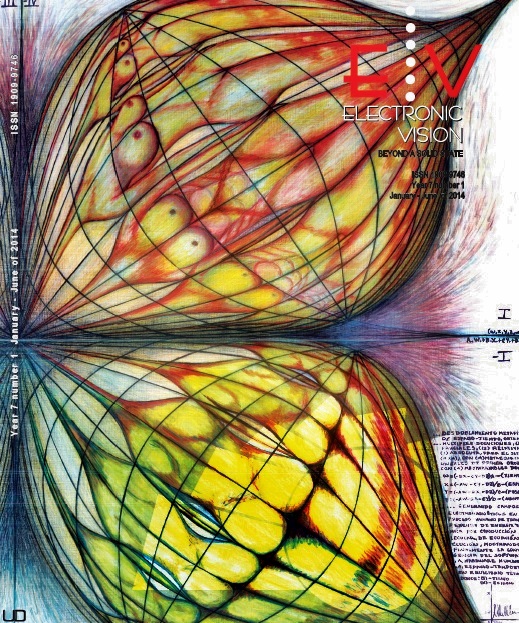DOI:
https://doi.org/10.14483/22484728.7891Publicado:
2014-01-04Número:
Vol. 8 Núm. 1 (2014)Sección:
Visión ActualAnalysis of waste water treatment plant processes (WWTP) “sedimentation”
Palabras clave:
Wastewater tanks, sedimentation, plant, fluids, OPC, Unisim, RSLogix 5000, automation. (es).Descargas
Resumen (es)
Sedimentation of wastewater is a process that takes place in a Wastewater Treatment Plants (WWTP) and its importance lies in the life cycle of all the components of the plant, since the passage of sediment valves, hoppers, and other sensors can cause damage or malfunction, also becoming very costly for the recovery of such vital fluid. For this reason, the main objective of this article is to clearly illustrate the sedimentation process, considering the variables involved in it as well as highlighting the importance of the required thorough calculations, which must comply with national and international regulations in order to obtain accurate and reliable data. These data serve as the foundation for the subsequent design of automation, instrumentation and control processes intended to optimize the treatment of wastewater.
Referencias
J. A. Romero R., "ratamiento De Aguas Residuales, Teoría y Principios de diseño", 2010.
Honeywell, “Unisim Design software.” 2010.
Rockwell, “Rockwell Software RSLogix5000 Control Logix Programming.”2005.
MinDesarrollo, “Reglamento Técnico del sector de agua potable y saneamiento Básico RAS - 2000e.” 2000.
F. Woodard, "Industrial waste treatment handbook". United States: Butterworth- Heinemann, 2001.
G.T. Metcalf y Eddy, "Ingeniería de aguas residuales", vol. 1. Mc Graw Hill, 2008.
G. T. Metcalf y Eddy, "Ingeniería de aguas residuales", vol. 2. Mc Graw Hill, 2008.


.png)




.jpg)





